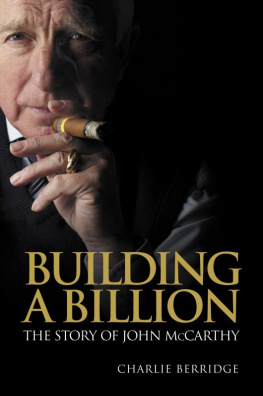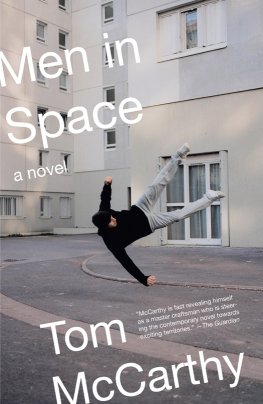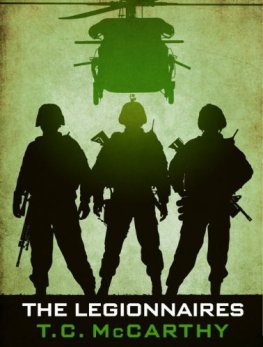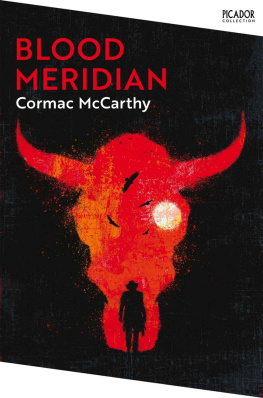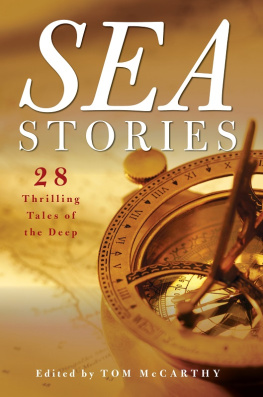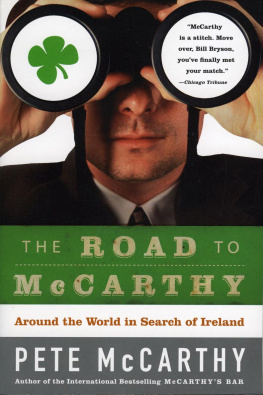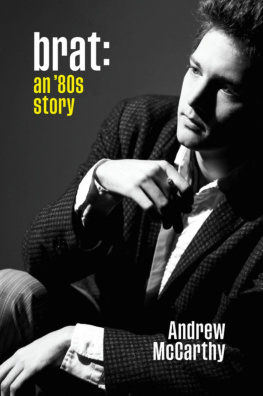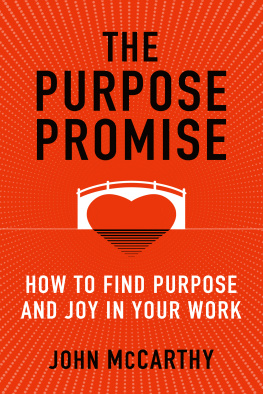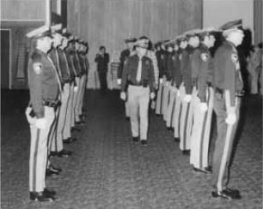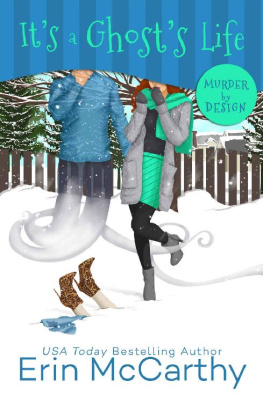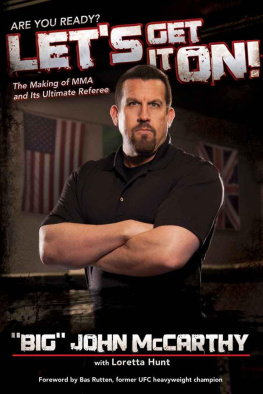Publishing Details
HARRIMAN HOUSE LTD
3A Penns Road
Petersfield
Hampshire
GU32 2EW
GREAT BRITAIN
Tel: +44 (0)1730 233870
Fax: +44 (0)1730 233880
Email: enquiries@harriman-house.com
Website: www.harriman-house.com
First published in Great Britain in 2011
Copyright Harriman House Ltd
The right of Charlie Berridge to be identified as the Author has been asserted in accordance with the Copyright, Design and Patents Act 1988.
ISBN: 978-0-85719-138-0
British Library Cataloguing in Publication Data
A CIP catalogue record for this book can be obtained from the British Library.
All rights reserved; no part of this publication may be reproduced, stored in a retrieval system, or transmitted in any form or by any means, electronic, mechanical, photocopying, recording, or otherwise without the prior written permission of the Publisher. This book may not be lent, resold, hired out or otherwise disposed of by way of trade in any form of binding or cover other than that in which it is published, without the prior written consent of the Publisher.
No responsibility for loss occasioned to any person or corporate body acting or refraining to act as a result of reading material in this book can be accepted by the Publisher, by the Authors, or by the employer(s) of the Authors.
Foreword
I first met John McCarthy in the summer of 1972 when I attended an interview for the post of surveyor at his offices in New Street, Lymington. McStones, as they were known in those days, had very modest offices comprising two rooms and a corridor, which soon became my work place. However, in true John McCarthy style the offices were on the top floor of the building and his own room occupied the majority of that area.
The great attraction for me as a newly qualified surveyor was not the career opportunity but the fact that the company car that went with it was an MGB convertible. In those days John drove a red E-Type Jaguar roadster which I greatly admired. During the interview John seemed a little edgy, cigarette smoking behind his oversized desk. I formed the impression that he was a man in a hurry to succeed and the interview was taking up precious time that could have been better used on that objective.
Rapidly Johns talents and faults became apparent. He was always on a mission, looking for the next deal, angling to keep costs down and profits up. John was driven to show his critics, of which there were a number the more successful he became, that he was a winner. John did not have the advantage of a fine education, and when he started out he had no real business training. He had to learn the hard and fast way. He hit the ground running, was good at it and rarely made the same mistake twice.
This book is the story of Johns remarkable life: the challenges faced and conquered both in business and sport; and, perhaps most significant of all, the tenacity, passion and self-belief that has carried John from that original little office to his present status. It is a truly inspirational story.
Harry Harrison
March 2011
1. The Defining Moment
In 1977 pre-Thatcher Britain, the housing market was dire and the economy seemed bogged down in Socialist treacle. I was thirty-eight years old. In a pub, the Ship Inn at Keyhaven, down on the South Coast after work one evening I was chatting to a friend. During the conversation he asked me how my new building project for the elderly was coming along. I started talking about it and listening to myself, almost hovering above the conversation like an eavesdropper. It suddenly dawned on me that Id made it. It was my Eureka moment, my epiphany, the point when the penny dropped. I realised that I had actually cracked it, the numbers game, and I could see my way to a fortune. Id identified a niche market in the building industry and the chance to create a significant business and make more money than I had ever dreamed of. Id hit on a scheme for building retirement homes in the private sector and was the first to do it.
The year before Id bought the old Waverley Cinema in New Milton with a bungalow alongside. Having received planning permissions for a range of uses, from offices to shops and flats, none of these added up to a viable development. It was in danger of becoming a millstone round my neck. I had seen the latest newsletter from the Home Builders Federation which talked about a Government Green Paper and the need for developers to consider building homes for the elderly. I sat on a county liaison planning committee as a representative for the House Builders Federation and I had mentioned retirement flats, or sheltered accommodation as it was called, and that policies needed to be amended to allow private house builders to build such homes. We were eventually granted planning permission for the old cinema site on the basis that wed only provide one car parking space for every seven flats. The norm was one and a half spaces for each flat. With this change we could build ten times more flats on the site and the project became profitable. We carried out some extensive market research and placed a couple of ads in the New Milton Advertiser and Bournemouth Echo. The response was unbelievable. We sold all thirty-two units before wed put the roof on the new building and at a time when the market was as flat as a pancake. We charged just under 10,000 per flat. On the strength of that we bought the doctors surgery opposite and built and sold another identical thirty-two flats. We charged 15,000 each for those. We turned over less than a million pounds that year. In 2006 McCarthy & Stone was sold for 1.1 billion. As I stood in that pub, nursing that G&T and talking, I could see that I was going to make a lot of money and that kept me completely focused. I had another drink.
2. Birth, Bombs and Billericay
I was born John Sidney McCarthy, half an hour before midnight on 31st December 1939. My mother Helen was a little upset. Another half an hour and she would have probably got her name in Surbitons local newspaper and picked up the fifty pound prize for having the first new baby of 1940. I was called John, my fathers Christian name, and Sidney was my middle name after my grandfather Fishers first born son who died aged thirteen. Helen, or Nellie as my mother was nicknamed, was a Fisher and was the eldest of Grandpa Fishers five children. My three uncles and an aunt were to become a big early influence on my life.
I didnt remember grandfather Fisher at all, even though theres a photograph of us together at some family gathering. He was a carpenter by trade and he had his own large joinery business in Kingston upon Thames. He was one of the first to set up a factory to design and build pre-made fitted kitchens and during the war he made the wooden fairings, from the cockpit to the tail, for Hurricane fighter planes and had a very successful business. He must have made a lot of money because he drove an open-topped touring car, which in the 1920s was very rare.
My dads side of the family came from Dublin. He and his father had come over from Ireland and had worked on the canal longboats that plied the waterways between London, Liverpool and Manchester. I didnt really know anything about my paternal grandfather other than that rumour had it he was a Freeman of Dublin City. My father seemed reticent to talk about him and I sense that strong drink must have something to do with the mans past.
Father (his nickname was Mac) turned his hand to several trades. He worked for the Fifty Shilling Tailors, became an engineer and ended up as the landlord of a pub. As hard as he tried to be successful in business, father never made it, which was a cause of some anguish to my mother. Her father had been very successful and her three brothers had all established businesses and I guess that she expected her husband to emulate them and their lifestyle. This became a real problem in their relationship but as much as Dad tried it was never to be. He was a fine-looking man, standing over six feet tall, with a moustache and he always dressed like a gentleman. He looked the part even though perhaps he wasnt. However, he never seemed to get flustered by anything and least of all by Mums obvious frustrations.

